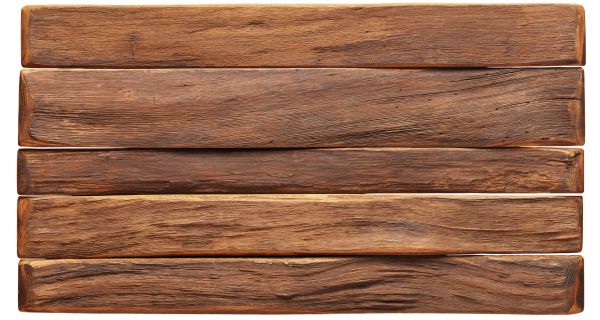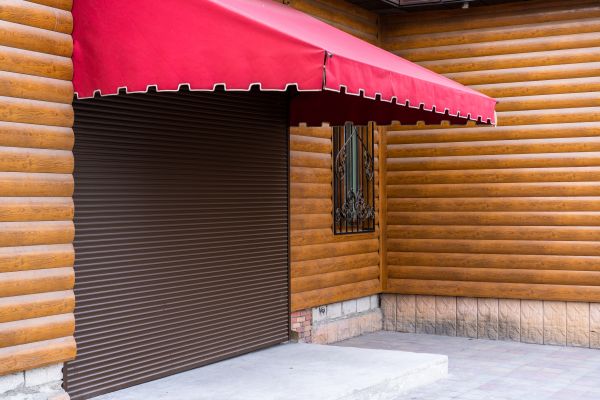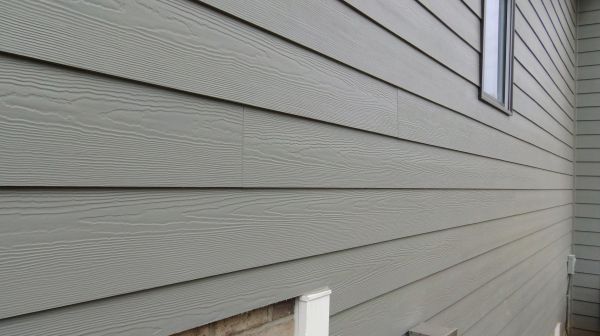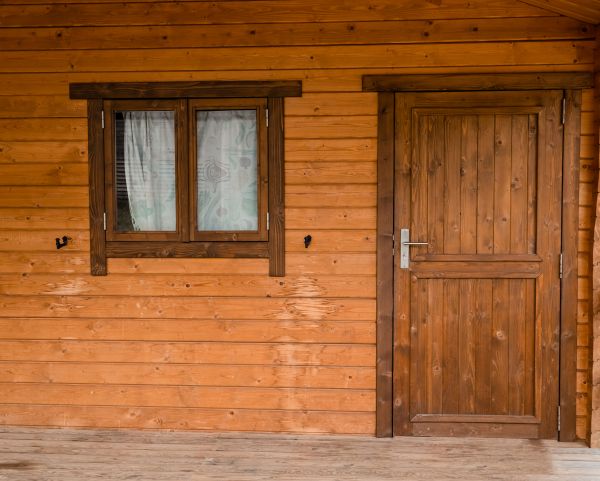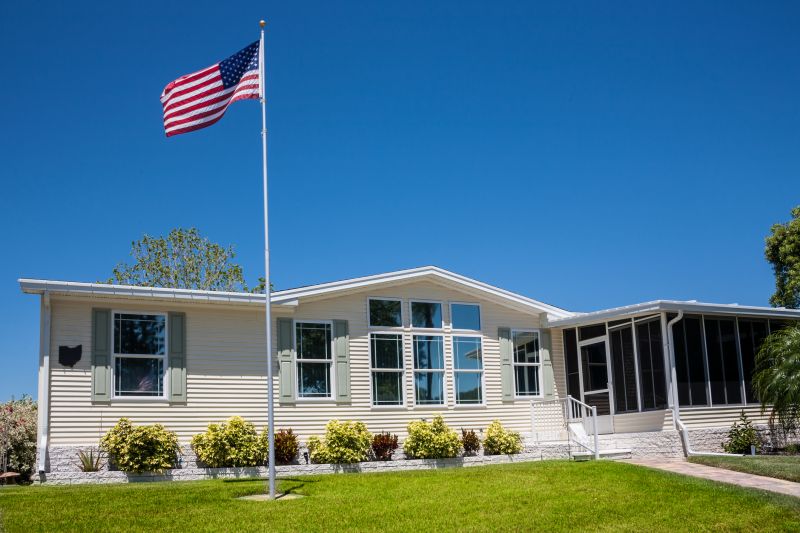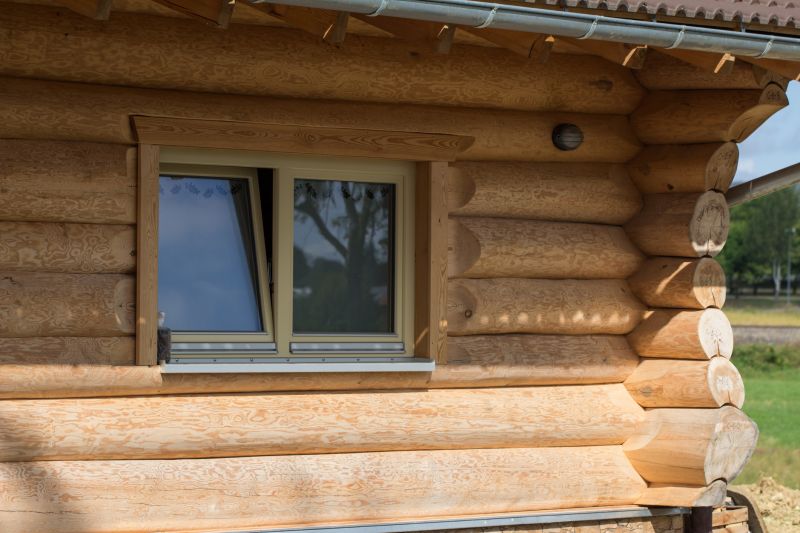Wood Cladding Installation
Welcome to Dallas Siding
Serving Dallas, TX
Wood cladding installation is a meticulous process that involves attaching wooden panels to the exterior or interior surfaces of a building. This installation serves not only as an aesthetic enhancement but also as a protective layer against various environmental factors. The importance of wood cladding installation lies in its ability to provide an additional layer of insulation, which can contribute to energy efficiency by maintaining the desired temperature within a building. Moreover, wood cladding adds a touch of elegance and natural beauty, enhancing the overall architectural appeal. By choosing the right type of wood and installation method, property owners can significantly increase the value and longevity of their buildings.
Benefits of Wood Cladding Installation
-
Enhanced Aesthetic Appeal
Wood cladding offers a timeless and sophisticated look that can transform the appearance of any building. Its natural textures and warm tones create a welcoming ambiance, making it a popular choice for both residential and commercial properties. The versatility of wood allows for various design options, ensuring that the cladding can complement any architectural style. -
Improved Insulation
One of the key benefits of wood cladding installation is its ability to improve a building's insulation. Wood is a natural insulator, helping to maintain comfortable indoor temperatures by reducing heat loss in the winter and keeping interiors cooler in the summer. This can lead to reduced energy consumption and lower utility bills over time. -
Durability and Protection
When properly installed and maintained, wood cladding can provide a durable protective layer for a building's exterior. It shields the structure from harsh weather conditions, such as rain, wind, and UV rays, thereby preventing potential damage and extending the lifespan of the building materials underneath.
Fill out our contact form today to request Wood Cladding Installation service in Dallas.



